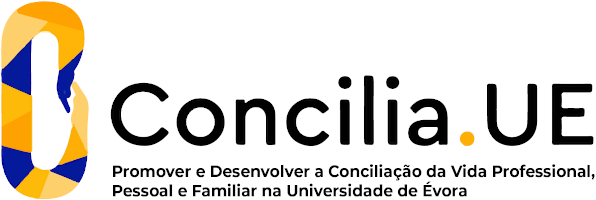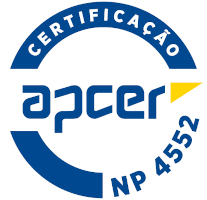2025
Archaeology Laboratory
Name: Archaeology Laboratory
Code: HIS12031L
3 ECTS
Duration: 15 weeks/78 hours
Scientific Area:
Archeology
Teaching languages: Portuguese
Languages of tutoring support: Portuguese
Regime de Frequência: Presencial
Presentation
It is intended that the student acquires the methodological tools, skills and competences essential for the processing of archaeological artefacts in the laboratory (cleaning, marking, recording, inventory, photography) for their analysis and study
Sustainable Development Goals
Learning Goals
Knowledge:
The aim is to introduce students to methodologies for laboratory treatment, analysis and study of archaeological materials and to introduce them to the main processes and methodologies for studying and conserving archaeological remains from their discovery in the field to their storage or exhibition in a museum context.
Skills:
The principal objective is for students to learn how to handle, observe and analyse remains from a multifaceted perspective, to identify, preserve and understand both the intrinsic information offered by the object itself and the extrinsic and contextual information.
The aim is for students to acquire the methodological tools, skills and competencies essential for processing archaeological artefacts and ecofacts in the laboratory (cleaning, marking, recording, inventory, photography), for their analysis and study.
The aim is to introduce students to methodologies for laboratory treatment, analysis and study of archaeological materials and to introduce them to the main processes and methodologies for studying and conserving archaeological remains from their discovery in the field to their storage or exhibition in a museum context.
Skills:
The principal objective is for students to learn how to handle, observe and analyse remains from a multifaceted perspective, to identify, preserve and understand both the intrinsic information offered by the object itself and the extrinsic and contextual information.
The aim is for students to acquire the methodological tools, skills and competencies essential for processing archaeological artefacts and ecofacts in the laboratory (cleaning, marking, recording, inventory, photography), for their analysis and study.
Contents
Introduction
1.1. Identification of types of archaeological artefacts
1.2. The main techniques for the treatment of archaeological artefacts
1.3. The recovery and protection of archaeological artefacts
2. The understanding and interpretation of archaeological artefacts
2.1 registration
2.2 Inventory
2.3 photography
3. The drafting, communication and dissemination of archaeological artefacts
1.1. Identification of types of archaeological artefacts
1.2. The main techniques for the treatment of archaeological artefacts
1.3. The recovery and protection of archaeological artefacts
2. The understanding and interpretation of archaeological artefacts
2.1 registration
2.2 Inventory
2.3 photography
3. The drafting, communication and dissemination of archaeological artefacts
Teaching Methods
Being a laboratory subject, the practical component is fundamental and, therefore, not replaceable by distance learning. Continuous assessment is essential. Classes are practical, in a laboratory context, for handling archaeological artefacts, guided and monitored by teachers.
Assessment
The student must produce a report on the actions developed during the laboratory activities.
The assessment will take into account the work developed by the student in (40%) and the written work (60%)
The assessment through the final exam will comprise a practical component.
The assessment will take into account the work developed by the student in (40%) and the written work (60%)
The assessment through the final exam will comprise a practical component.
Teaching Staff
- Ana Catarina Salgado Basílio
- Susana Gómez Martínez [responsible]





















